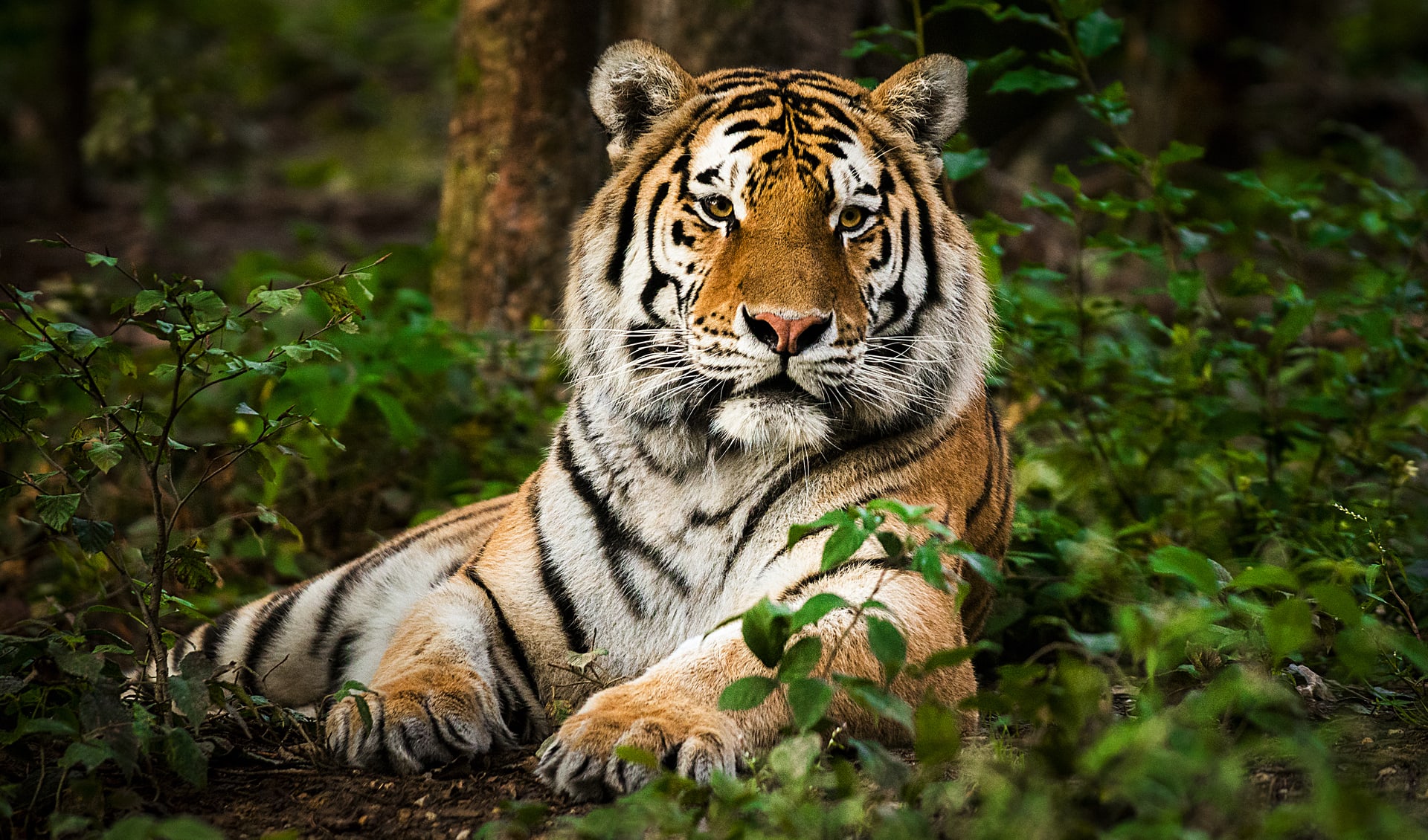Polar bears, the majestic rulers of the Arctic, are not only the largest species of bear but also a symbol of the stark beauty and harsh realities of the polar regions. With their thick, white fur, these magnificent creatures provide an iconic image of the Arctic’s wild inhabitants. However, the polar bear’s existence is intricately linked to its environment, threatened by climate change and human activities.
Born in the deep chill of the Arctic winter, polar bear cubs first emerge into the world within the safety of snow dens. Their early months are spent under the watchful eye of their fiercely protective and dedicated mothers. As they grow, these cubs learn the essential skills for survival in one of the planet’s most unforgiving landscapes. The transition from a dark, cozy den to the expansive, ice-covered wilderness is a monumental moment in the life of a polar bear.
Adult polar bears are apex predators, sitting at the top of the Arctic food chain. This status is a testament to their prowess as hunters and adaptability in a region where resources can be scarce and scattered. The polar bear’s diet is a crucial aspect of its biology, reflecting its reliance on the marine ecosystem for sustenance.
The polar bear’s physical attributes are finely tuned to its cold environment. Beyond their dense, water-repellent coat, which provides insulation, polar bears are equipped with large, powerful limbs. These limbs are effective in propelling them through water and come in handy when breaking through thick ice to reach their prey. Their wide, large paws act as natural snowshoes, distributing their weight as they traverse thin ice and snow.
Despite their strength and adaptability, polar bears face significant challenges. The warming of the Arctic is leading to changes in sea ice patterns, the very platform upon which polar bears rely for hunting and living. These changes are not just environmental concerns; they have profound implications for the polar bear’s ability to find food, mate, and raise their young.
Distribution
 Canada
Canada Greenland
Greenland Iceland
Iceland Norway
Norway Russia
Russia Svalbard
Svalbard United States
United StatesRecent updates
January 2024: Bird flu has killed a polar bear for the first time ever, and experts warn it likely won’t be the last.
Dec 2022: Recent research, which WWF partially funded, has revealed that the polar bear population in Canada’s western Hudson Bay dropped drastically between 1987 and 2004. In 1987, the number of bears was estimated to be 1,200, but by 2004, this number had reduced to below 950. This decline is thought to have been caused by the increasing temperatures.
July 2022: The Polar Bear Agreement, an international agreement aimed at conserving polar bears and their habitats, was renewed for another 10 years. The agreement, signed by Canada, Greenland, Norway, Russia, and the United States, commits the signatories to work together to address the threats facing polar bears and their habitats.
2021: The US Fish and Wildlife Service announced that it had finalized a rule to protect critical habitat for polar bears in Alaska’s Arctic National Wildlife Refuge. The rule designates more than 480,000 acres (1,942 km2) of land as critical habitat for the bears, which will help to ensure that they have access to the resources they need to survive.
Did you know?
- They are more abundant in shallower, ice-covered areas along the continental shelf, where currents or upwellings boost biological productivity, i.e., more food availability.
- They are sea ice-dependent carnivores sensitive to sea ice habitat loss.
- They were widely hunted throughout the Arctic in the first half of the 20th century. Conservation efforts were launched in the early 1960s by researchers.
- Seals are their main prey, but they also like small mammals, birds, eggs, kelp, or sometimes carcasses. Out of their 100 hunting attempts only 2 or 3 attempts are fruitful!
- They have a very strong sense of smell and can smell prey from kilometers, even below the ice.
- Polar Bears digest fat more efficiently than protein, making them the largest bear.
- The Arctic National Wildlife Refuge’s Coastal Plain in northeastern Alaska, USA, is a key maternal denning region for polar bears. Recently enacted legislation has cleared the way for possible oil and gas extraction. As a result, denning female polar bears could be disturbed, and cub survival will be negatively affected by the survey activities. – They are the only bear species considered marine, as they spend most of their time in the Arctic Ocean and depend on it for their food and habitat.
Anything we've missed?
Help us improve this page by suggesting edits. Glory never dies!
Suggest an editGet to know me
Terrestrial / Aquatic
Altricial / Precocial
Polygamous / Monogamous
Dimorphic (size) / Monomorphic
Active: Diurnal / Nocturnal
Social behavior: Solitary / Pack / Herd
Diet: Carnivore / Herbivore / Omnivore / Piscivorous / Insectivore
Migratory: Yes / No
Domesticated: Yes / No
Dangerous: Yes / No





